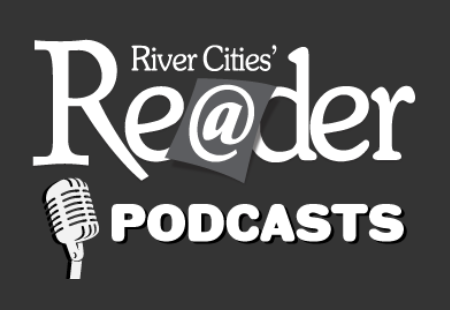Bathwater,' Says Ex Worldwide Church of God Minister
There are several indicators that organized religion is on the decline, not just in Western Europe, but also in the United States.
Only 37 percent of Americans believe clergy contribute significantly to society's well-being, according to a new Pew Research Center poll. Even among regular church goers, only about half, 52 percent, say clergy contribute "a lot" to the betterment of society.
Gallup and Pew polls provide these other indicators:
• Two-thirds of Americans say religion is losing its influence in our lives.
• Since the 1970s, Americans' confidence in organized religion has steadily decreased.
• As of 2012, the downward trend hit an all-time low: only 44 percent of Americans have "a great deal" of confidence in organized religion.
"America is still the most devoutly religious first world country - other Pew polls indicate that most teens and 20-somethings still consider themselves 'spiritual,' and roughly half of U.S. adults are still faithful to a religion," says Wade Fransson, a former minister in the Worldwide Church of God - a religion eventually denounced as a cult - and author of "The People of the Sign," (thepeopleofthesign.com), a memoir recounting his life with the church.
While Fransson has experienced firsthand the liabilities of extremist elements in religion, he says religion and spirituality still offer society important benefits:
• Religion often drives innovation and progressive social mores. Can anyone imagine what the world might look like today without the Gutenberg printing press, the institution of marriage or the very devout pilgrims who helped pave the way for what would become the United States? Would there have been another human-based institution to champion the Golden Rule in quite the same way as the world's religions have done, including Christianity, Judaism, Buddhism, Islam, Hinduism, Bahá'í Faith, Confucianism, Sikhism, Taoism and others? Our morals are fundamentally rooted in the history of religion, and throwing out religion would truly be like throwing out the baby with the bathwater, Fransson says.
• Faith groups are responsible for much of the world's charity work. Here's a quick glimpse of just a few of the charities created by religious groups: Salvation Army, YMCA, St. Jude's Hospital, Habitat for Humanity International, International Prison Ministry, Intercristo, World Relief, Remuda, Christian Aid USA/Canada ... and the list goes on. Across the country and around the world millions of faith groups contribute daily to their communities, from feeding the hungry to educating the poor. Religion's bad apples get plenty of press, but the fundamental core of faith, worship and devotion to something bigger than ourselves remains essentially good.
• Humans are by nature spiritual; ignoring our spirituality can be dangerous. In recent years there has been a confined yet noticeable spring of atheistic books, including Sam Harris' "The End of Faith," elaborating on how religion's role in society has long been a damaging one. But atheists promoting a decidedly anti-religious message, who would prefer religion to be confined to the past, offer little or no alternative to a human being's innate longing for spirituality, or a deeper meaning to life other than what's merely apparent and material.
"I call it 'The Search' - that is, that urge we all share for significance amid this vast and mysterious universe," Fransson says. "I suspect there's an element of truth - another piece to the puzzle - dwelling within each religion or spiritual system, and we should all deeply consider and appreciate the transcending beliefs of others."
About Wade Fransson
Wade Fransson manages technology vendor contracts and relationships for a major retail corporation. He has a background in business and technology for major corporations and was the CEO of GoHuman, Inc. online marketplace. In "The People of the Sign," he shares his story to show both the positives and negatives of one of the most fascinating churches born in the 20th century. The sequel is to be published in October.









